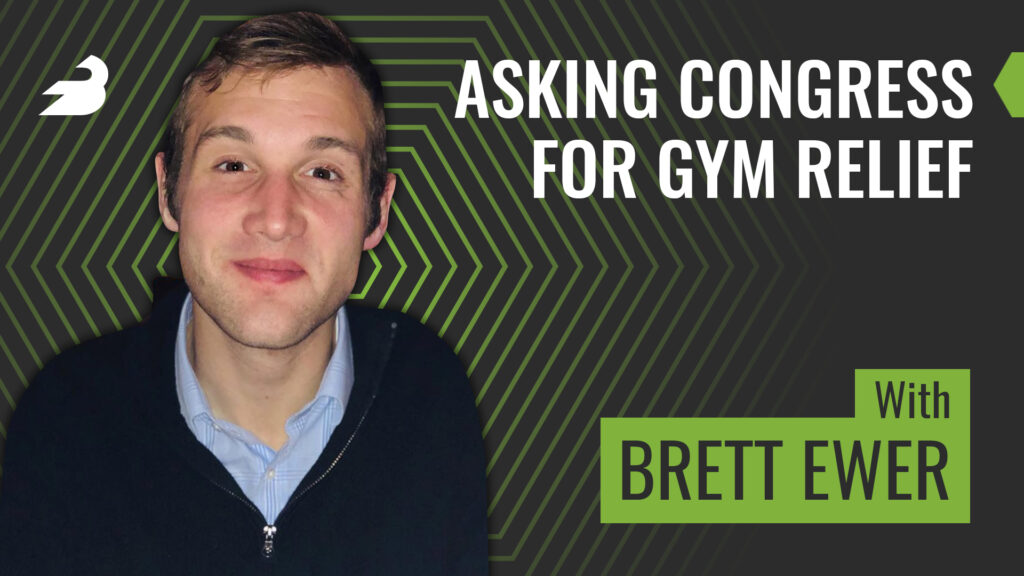Today we’re talking to Brett Ewer, Head of Government Relations at CrossFit. Brett is also a driving force behind the Community Gyms Coalition, a group of fitness industry companies and gym organizations — including CrossFit, Zumba, Orange Theory, Anytime Fitness, Jazzercise, and more — lobbying congress to provide direct relief to gyms hit hard by the COVID-19 pandemic. In today’s special episode, Brett joins us to discuss the Coalition’s origins and what it takes to get so many different organizations united. He also explains why the Coalition is pushing for direct relief to gyms, along with the specific needs of gym owners, trainers, and fitness professionals that he believes are being missed by existing relief legislation.

On this episode of The BarBend Podcast, host David Thomas Tao talks to Brett Ewer about:
- The driving goals behind the Community Gyms Coalition (2:00)
- How these specific organizations came together (04:55)
- No one turned down participation in the Coalition (06:36)
- The goals and day-to-day work within the Coalition: “We’re making noise, that’s half the battle.” (09:00)
- Why existing COVID relief programs don’t meet the needs of most independent gyms (12:20)
- What direct relief for gyms could and might look like (16:14)
- Brett’s background through CrossFit and political advocacy (20:20)
Relevant links and further reading: